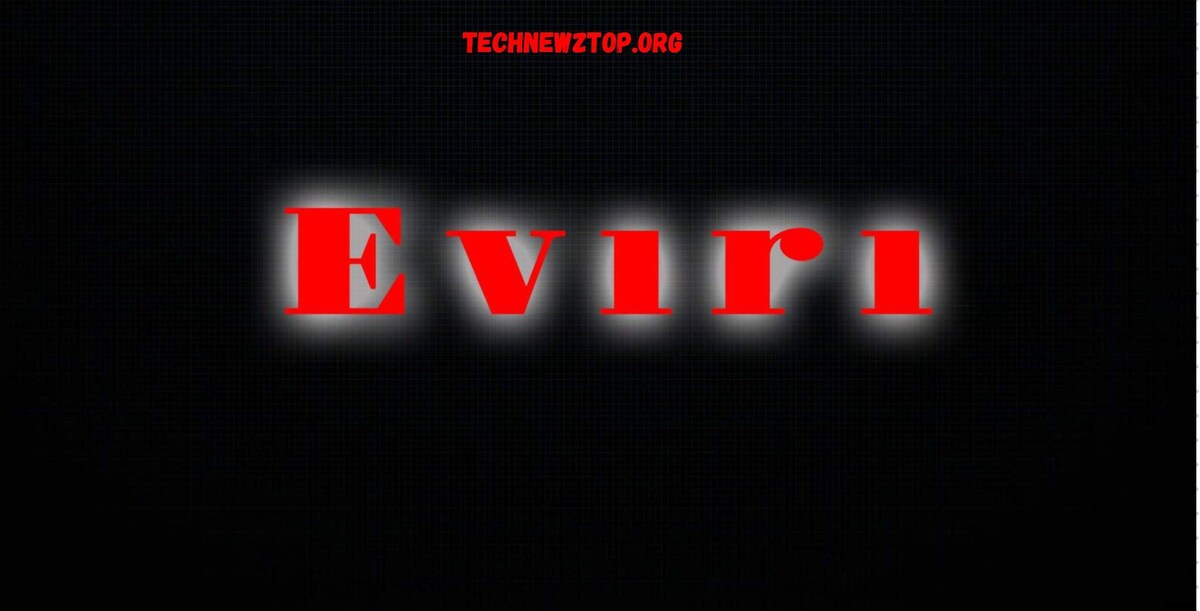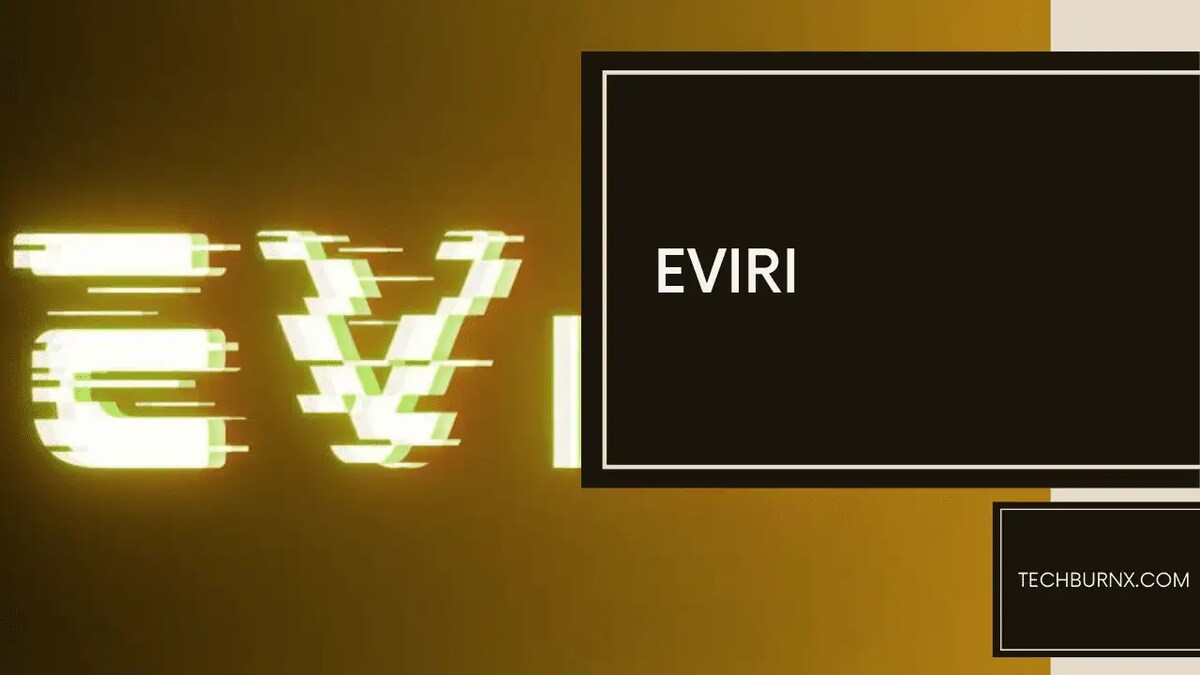“Embark on a rhythmic odyssey as we unravel the heart and soul of Evırı, the quintessential Turkish folk dance. More than just coordinated movements, Evırı pulsates with the heartbeat of Turkish heritage, weaving a tapestry of unity and cultural celebration.
In this exploration, we delve into the profound social significance of Evırı, traversing its regional variations and tracing its enduring impact on the collective identity of Turkey. Join us in deciphering the lively spirit and cultural resonance embedded in the intricate steps and vibrant beats of Evırı, a dance that resonates with the rich history and dynamic spirit of Turkish society.”
Evırı in Details:
The traditional folk dance of Turkey, Evırı, holds immense cultural and historical significance. This vibrant circle dance, characterised by rhythmic footwork, vivid costumes, and lively musical accompaniment, traces its roots to 14th-century central Anatolia. Evırı, often performed at weddings, festivities, and festivals, features men and women forming a circle and dancing in harmony with a central hora dancer. The dance’s fundamentals include kicks, skips, and spring jumps, with the energy intensifying as the music quickens.

Ref Link- https://technewztop.org/what-is-eviri/
The colourful costumes worn by participants, including embroidered waistcoats and ankle-length skirts for women and loose-fitting pants and fezzes for men, contribute to the joyous atmosphere. Evırı dances, showcased at significant events, serve to unite communities, strengthen cultural bonds, and pass down folkloric traditions to future generations.
The universal themes within the songs’ lyrics, touching on love, family history, and the beauty of nature, make Evırı a celebration that invites both observation and participation. For those unfamiliar with its history, appreciating the skill required for this ancient folk dance provides a gateway to understanding Turkey’s rich cultural heritage.
Cultural Relevance:
“Evırı, beyond its rhythmic allure, serves as a living cultural bridge, seamlessly connecting generations and intertwining the threads of the present with Turkey’s vibrant past. This dance is more than a series of coordinated movements; it is a dynamic repository, safeguarding and perpetuating the narratives, values, and traditions of Turkish communities.
Its cultural significance lies in its ability to encapsulate the essence of Anatolian life, providing a poignant window into the daily experiences and celebrations that have shaped the intricate mosaic of Turkish identity. As dancers move to the beats of Evırı, they partake in a collective storytelling, preserving the rich tapestry of Turkey’s cultural heritage and fostering a sense of continuity that resonates across time.”
Regional variances:
“Evırı, much like the diverse landscapes of Turkey, manifests in various regional forms, each exuding its unique flavor and style. The energetic movements in the Black Sea region contrast with the graceful gestures of the Aegean, showcasing how regional variants of Evırı mirror the geographical and cultural diversity of Turkey. These nuanced expressions not only highlight the dance’s adaptability but also underscore its role in reflecting the distinctiveness of each area.
As dancers engage in the spirited motions of Evırı, they embody the essence of their specific region, creating a cultural tapestry that celebrates the richness of Turkey’s traditions. The diversity within Evırı becomes a vibrant reflection of the multifaceted identity woven into the fabric of Turkish society, demonstrating how this dance form is not just a rhythmic spectacle but a dynamic cultural emblem resonating across the varied landscapes of the nation.”
The Dance depicting Unity:
“Evırı transcends being merely a performance; it is a dance of unity that unites people. In a country marked by the coexistence of diverse cultures, languages, and traditions, this dance serves as a powerful symbol of collective identity. Whether in bustling urban centers or serene rural villages, as the music begins and the dancers move in perfect unison, a palpable sense of unity and togetherness emerges, surpassing societal divides.
Evırı becomes a shared expression that resonates across communities, fostering a connection that goes beyond cultural differences. In those rhythmic movements, individuals from various backgrounds find a common ground, weaving a narrative of unity through the threads of tradition and dance.
It exemplifies how, in the act of dancing, people can bridge gaps, celebrate shared heritage, and forge connections that echo the harmonious spirit of Turkey’s diverse populace. Evırı, as a dance of unity, becomes a living testament to the idea that, despite differences, there exists a shared rhythm that unites the hearts and souls of those who partake in its vibrant celebration.”
Impact on Turkish Festivities:
“No Turkish celebration is complete without the rhythmic beats of Evırı resonating through the air. From weddings and festivals to national holidays, the dance has become an integral part of celebratory occasions. Its inclusion in these events not only infuses a festive atmosphere but also strengthens the cultural connection that binds Turkish communities across time and space.

Ref Link- https://www.reogma.com/what-is-eviri/
The dance’s presence in joyous gatherings serves as a lively reminder of shared heritage and traditions. Whether it’s the lively steps echoing at a wedding reception or the graceful movements enhancing a cultural festival, Evırı brings people together, fostering a sense of community and shared joy.
The dance’s influence on Turkish celebrations extends beyond entertainment; it becomes a cultural anchor, grounding festivities in the rich tapestry of tradition and collective identity, ensuring that each occasion is not just a moment of joy but a continuation of the timeless legacy that Evırı represents.”
The Modern Context of Evırı:
“In the face of innovation and globalisation, traditional dances like Evırı encounter the challenge of maintaining relevance. However, the flexibility and timelessness of Evırı ensure its continued existence in the contemporary social landscape. Modern dance groups and cultural events frequently incorporate Evırı, breathing new life into this ancient practice and introducing it to audiences worldwide.
The dance evolves without losing its cultural essence, adapting to contemporary expressions while preserving its historical significance. As a result, Evırı becomes a bridge between the past and the present, connecting generations and transcending cultural boundaries.
Its presence in modern contexts serves not only as a testament to its enduring popularity but also as a vibrant expression of cultural heritage in a rapidly changing world. Evırı, with its rhythmic beats and lively movements, continues to captivate audiences, reminding them of the rich cultural tapestry from which it originates and its ongoing relevance in the global dance scene.”
Educational value:
“As a social treasure, Evırı also holds educational value. Schools and social institutions play an essential role in passing down the dance to younger generations, ensuring that the knowledge and appreciation of this traditional art form are not lost. The educational importance of Evırı lies in its ability to promote a sense of cultural pride and identity among the youth.
Incorporating Evırı into educational curricula provides students with a tangible connection to their cultural heritage. Learning the dance becomes a journey into the history, traditions, and values of Turkey, fostering a deeper understanding of the country’s rich cultural tapestry. Beyond physical movements, students absorb the social significance embedded in every step, creating a holistic educational experience.
Moreover, the interactive nature of Evırı encourages teamwork, coordination, and discipline, instilling important life skills. Students not only learn a dance but also become part of a tradition that spans generations. This educational aspect of Evırı contributes to the preservation and celebration of Turkey’s cultural identity, ensuring that the dance remains an integral part of the nation’s heritage for years to come.”
Preserving Tradition with Evırı:
Preserving cultural heritage is an ongoing undertaking, and Evırı stands as a stalwart guardian of Turkish traditions. With its rhythmic patterns and symbolic movements, the dance becomes a vessel through which the tales of ancestors are conveyed. It ensures that the rich tapestry of Turkish heritage remains intact, vibrant, and resonant for future generations.
Evırı acts as a living archive, carrying the essence of Anatolian life across time. Through each footstep and synchronized movement, it encapsulates the spirit of diverse communities, serving as a powerful testament to the collective identity of Turkey. This dance is not merely a performance but a cultural beacon illuminating the path from the past to the present.
The commitment to preserving Evırı extends beyond dance studios and cultural events. It involves communities, families, and institutions actively passing down the dance, its stories, and significance. By doing so, these custodians of tradition ensure that the dance remains a vibrant thread in the fabric of Turkish heritage. Through Evırı, the pulse of Turkey’s cultural legacy continues to beat, echoing the footsteps of those who danced before and inviting future generations to join the rhythmic celebration of their shared identity.”
In its rhythmic patterns and symbolic movements, Evırı becomes a conduit for cultural transmission, linking generations and safeguarding the essence of Turkish traditions. This dance is a living testament to the resilience and continuity of Turkish culture, standing firm against the currents of time and change.

Ref Link -https://techburnx.com/eviri/
As the dance endures, it invites each new generation to join in its rhythmic celebration, fostering a sense of shared identity and cultural pride. Through Evırı, the heartbeat of Turkish heritage resounds, connecting the past, present, and future in a timeless dance of unity and celebration.”
Conclusion:
In conclusion, Evırı transcends its role as a dance; it is the heartbeat of Turkish society, a rhythmic expression of unity, and a living connection to the past. As local variations continue to evolve and modern influences shape the cultural landscape, Evırı remains an unwavering guardian of Turkish identity.
With each step and beat, Evırı echoes the tales of Anatolia, ensuring that the vibrant spirit of Turkish heritage endures. It not only unites people in celebration but also preserves its place as a timeless symbol of cultural pride.

